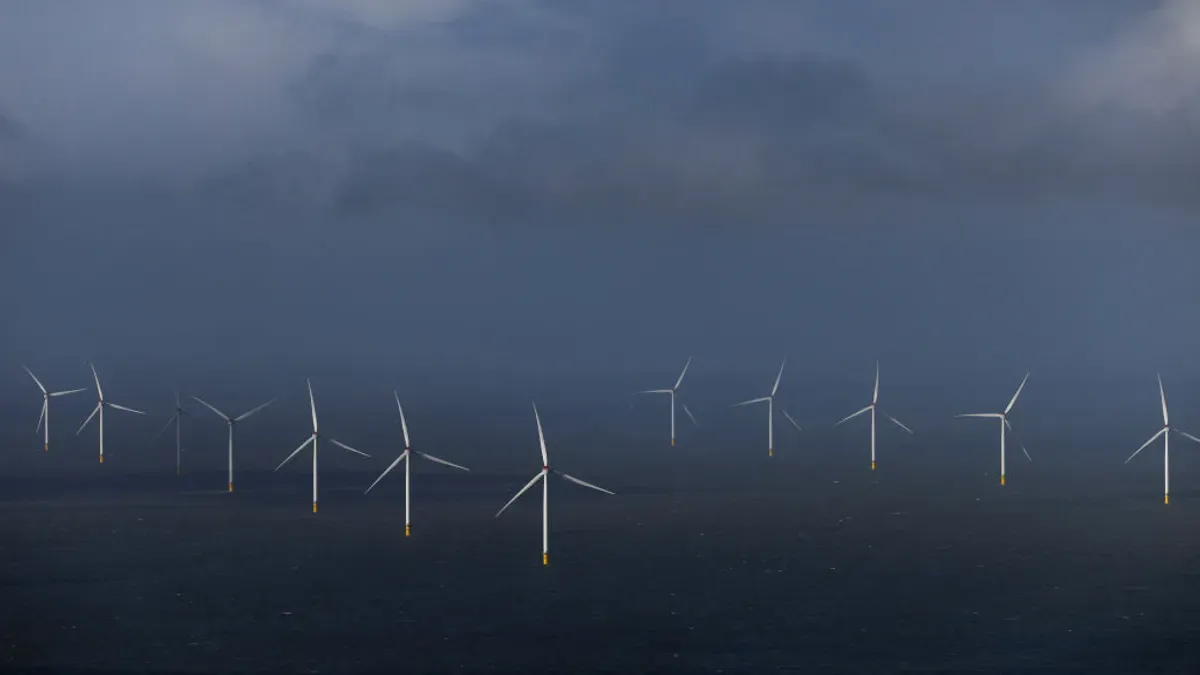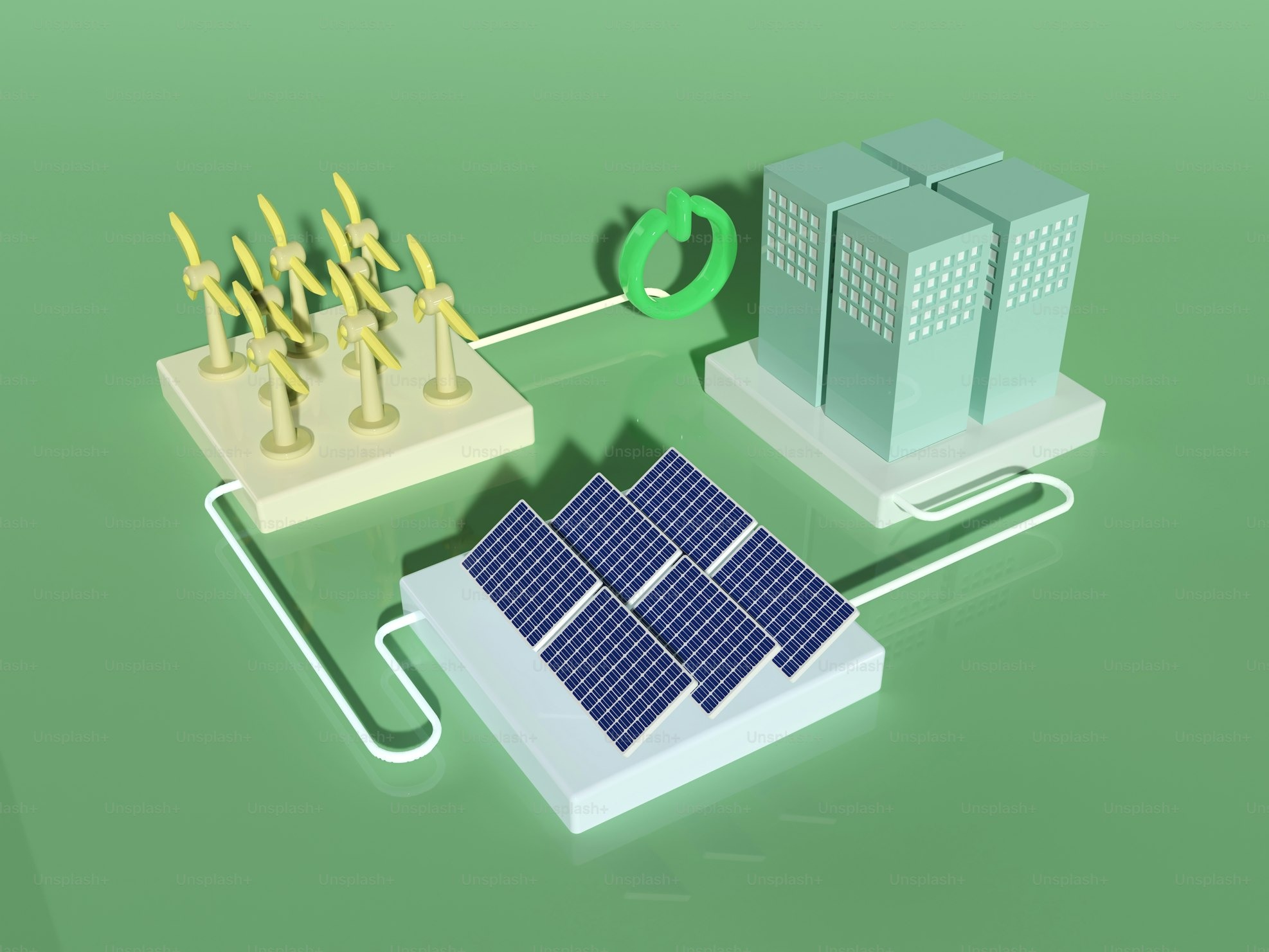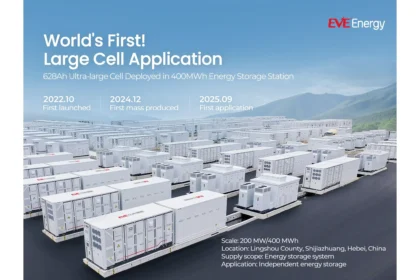A pair of wins for the renewable energy sector today: a federal judge has ruled that construction can resume on the nearly completed Revolution Wind offshore wind project off the coasts of Rhode Island and Connecticut, and the Global Energy Alliance for People and Planet (GEAPP) is targeting US$7.5 billion in new investments between 2026-2030 to accelerate clean energy adoption in developing countries. Both decisions signal renewed momentum for renewables at home and abroad. (Reuters – GEAPP; Politico – Revolution Wind)
Revolution Wind: Offshore Halt Overturned
The Revolution Wind project, backed by Ørsted and Skyborn Renewables, was paused by the U.S. Department of the Interior in August 2025 citing national security concerns even though the project was already ~80% complete. Today’s ruling by Judge Royce Lamberth restores construction, noting the developers and states would face irreparable harm if the stop-work order remained. The project is expected to power over 350,000 homes in Connecticut and Rhode Island and support thousands of jobs in the offshore wind supply chain. (Reuters)
GEAPP’s $7.5B Plan for Developing Nations
The Global Energy Alliance for People and Planet funded by philanthropies like the Ikea Foundation, Rockefeller Foundation, and Bezos Earth Fund plans to deploy $7.5 billion over five years to improve renewable energy access, storage, and grid stability in developing nations. Major priorities include “Grids of the Future,” deploying battery storage, strengthening electricity grids, and integrating renewables into sectors such as health and agriculture. GEAPP has already impacted over 30 countries, improving electricity access for 240 million people and reducing emissions by nearly 1 billion metric tons in its first phase. (Reuters)
Why These Both Matter Deeply
Restoring confidence in policy stability: The legal lift on Revolution Wind demonstrates that massive renewable infrastructure projects after passing environmental and defense reviews can withstand political and regulatory headwinds. For offshore wind industry players, that’s a meaningful precedent.
Mobilizing finance for global clean growth: GEAPP’s investment goals recognize that many developing countries are lagging in grid modernization, storage, and clean energy accessnot because of technology, but due to funding gaps and capacity constraints. This infusion could unlock access, jobs, and resilient infrastructure where it’s most needed.
Challenges That Remain
- Even with the court decision, regulatory uncertainty remains. New permits, local environmental concerns, and supply chain disruptions (turbine components, cable installations) could still slow Revolution Wind.
- For GEAPP, deploying funds effectively requires strong local partnerships, clear regulatory frameworks, and risk management. Many developing nations face governance, financing, and logistical constraints.
- Grid integration issues: more renewables require stronger transmission infrastructure, better storage, and sometimes orthodox fossil backup or flexible generation to handle intermittency.
- Investor confidence: reversals, legal challenges, and policy shifts (either in the U.S. or globally) can deter investment unless there is sustained clarity and support tools like tax incentives or subsidies.
What to Watch Now
Some key things to observe in the coming months:
- Progress updates on Revolution Wind when work resumes, supply chain readiness, impact on job creation.
- Specific project announcements from GEAPP including which countries, what scale, and how much is allocated to storage vs grid build vs generation.
- How U.S. offshore wind policy evolves, especially around national security criteria and federal vs state jurisdiction.
- Regulatory / financing mechanisms in developing countries are there new incentives or streamlined permitting to accelerate projects?
- Technological innovations like turbine design, floating wind, battery storage improvements, and offshore cable infrastructure that may lower costs and speed up deployment.
My Take
Today’s pairing of legal action and funding promises shows just how multi-front the clean energy transition has become. You need courthouses defending projects as much as you need donor-funded alliances transforming communities. Revolution Wind’s path forward is a morale win for U.S. renewables, especially offshore wind. Meanwhile, GEAPP’s injection of capital into developing regions is a necessary reminder that the global fight against climate change isn’t just about prestige projects it’s about delivering power, opportunity, and resilience where it is most fragile. The next few months will test whether momentum turns into megawatts, especially where policy, finance, and infrastructure intersect.







